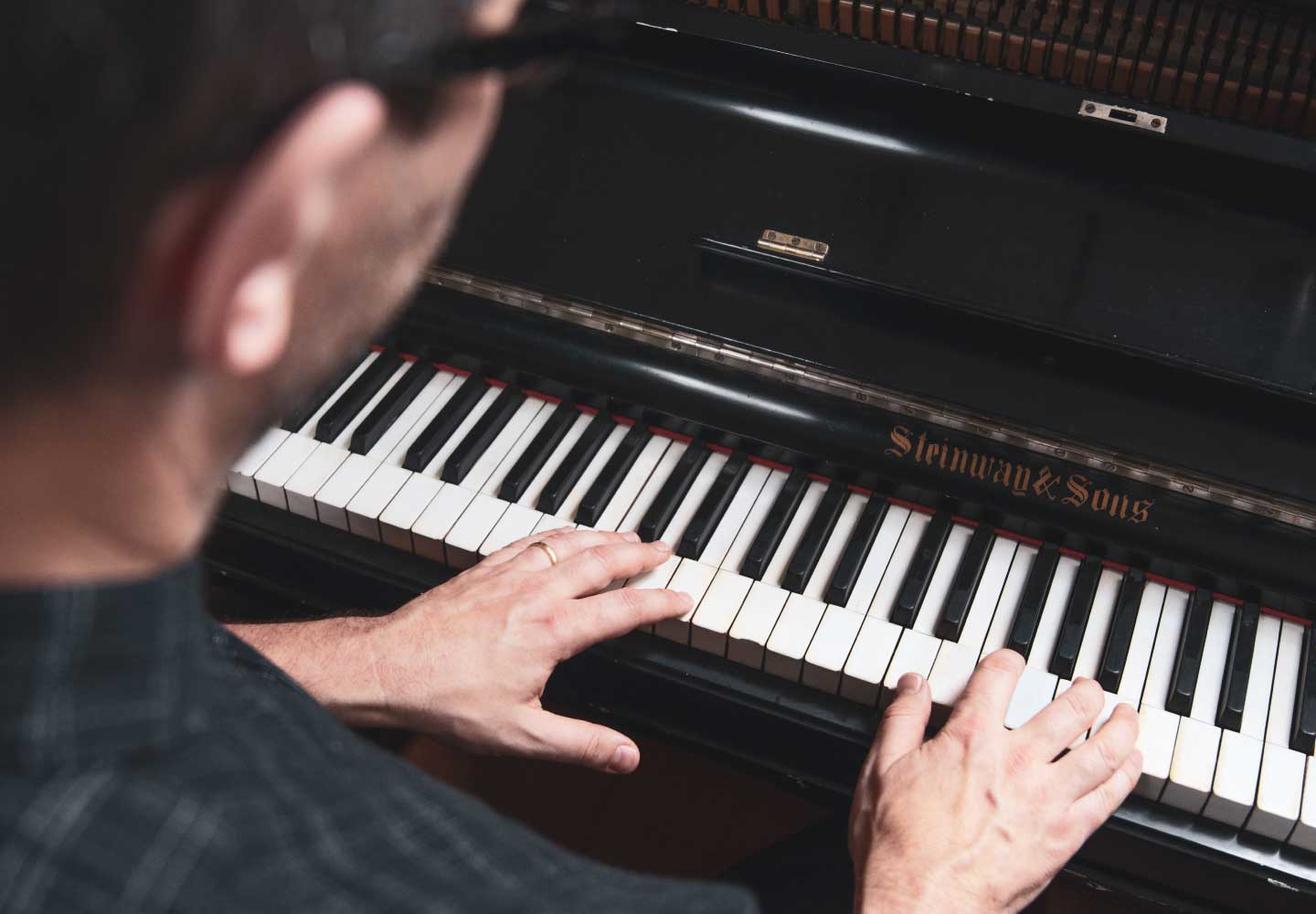Want to deepen your understanding of musical harmony? Great, you’re in the right place! In this article we will cover the basics of what harmony is, the role of chords and chord progressions in creating harmony, and the various types of harmony used in different genres of music. We will explore how harmony can be used to create tension and resolution and how the choice of chords can give clues to the tonality and emotion of a piece. Whether you’re a beginner musician or an experienced music enthusiast, this guide will deepen your understanding of the intricacies of harmony and how it shapes the music we love.
What is harmony?
Harmony in music refers to the way chords and melodies are used in a composition to create a sense of tension and resolution. It is the way different pitches and chords are combined to create a sense of unity and movement in a piece of music. Harmony can also refer to the study of chords and chord progressions, and the rules and principles that govern their use in music.

How chords and chord progressions influence harmony
A chord is a group of two or more musical notes played together. A chord can be composed of any combination of notes, but the most common chords consist of three or four notes. These notes are usually played simultaneously, but they can also be played in succession, in which case the chord is called an arpeggio. Chords can be classified according to the intervals between the notes, the number of notes, and the type of chord (major, minor, diminished, etc.).
Chords play a central role in creating harmony in music. The way chords are used and combined can greatly influence the overall harmonic structure of a piece of music and the emotions it evokes.
A chord progression is a sequence of chords that are played in a specific order. It creates the harmonic structure of a song and can greatly influence the overall feel and emotion of the piece. Chord progressions can be created using chords from a specific key or scale, and can follow certain rules or patterns.
How can harmony help create tension and resolution?
One of the main ways chords influence harmony is through the use of chord progressions. A chord progression is a sequence of chords that are played in a specific order. Different chord progressions can create different emotions and feelings in a piece of music. For example, a progression of chords that move from a minor chord to a major chord can create a sense of resolution and closure, while a progression of chords that move between dissonant chords can create a sense of tension and uncertainty.
Another way chords influence harmony is through the use of chord inversions. A chord inversion refers to the way the notes of a chord are arranged. Different inversions can create different harmonic textures and colors. For example, a chord played in root position (the root note is the lowest note) will have a different sound than the same chord played in the first inversion (the third is the lowest note).
The use of dissonant chords can also create tension and dissonance in a piece of music, while the use of consonant chords can create a sense of resolution and stability.
Lastly, the choice of chords can also give clues to the tonality of a piece, whether it’s major or minor and the emotion it’s supposed to evoke. The way chords are used and combined can also give an indication of the style of music, for example, jazz harmony often uses extended chords or dissonant chords, while pop music often uses simple chords and chord progressions.
Types of harmony
There are several different types of harmony that are commonly used in music. Some of the most common include:
- Traditional harmony: This type of harmony is based on the use of chords and chord progressions that follow established rules and conventions. It is often associated with Western classical music and is characterized by the use of triads (3-note chords) and functional harmony.
- Modal harmony: This type of harmony is based on the use of modes (scales) rather than chords. It is often associated with traditional folk music and is characterized by a more open, improvisational approach to harmony.
- Atonal harmony: This type of harmony is characterized by the absence of a tonal center, or key. It is often associated with modern classical music and is characterized by the use of dissonant intervals and chords that do not conform to traditional harmonic rules.
- Jazz harmony: This type of harmony is characterized by the use of extended chords, dissonant intervals, and complex chord progressions. It is associated with jazz music and is characterized by a more improvisational approach to harmony.
- Pop harmony: This type of harmony is characterized by the use of simple chords and chord progressions, and is often associated with popular music.
- Electronic harmony: This type of harmony is characterized by the use of electronic instruments and technology in creating and manipulating sounds and harmonies, and is often associated with electronic and experimental music.
In summary, chords are a fundamental building block of harmony in music, and the way they are used and combined can greatly influence the overall harmonic structure of a piece of music and the emotions it evokes.






 50 Industry Music Production Tips You Must Know
50 Industry Music Production Tips You Must Know




